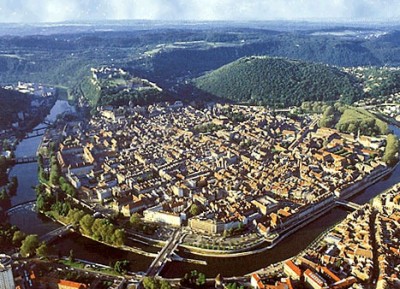How green is your neighborhood?

A few months ago we wrote that neighborhoods can now be green certified, via the US Green Building Council’s LEED for Neighborhood Development program.
Now that green building is becoming more of an expectation for emerging populations, here’s their criteria for what a green neighborhood should have, with (R) representing requirements and others below it being assigned points for ratings:
Smart Location & Linkage
(R) Smart Location – Walkability, Proximity to Public Transportation Infrastructure
(R) Proximity to Water and Wastewater Infrastructure
(R) No Presence of Imperiled Species and Ecological Communities
(R) Wetland and Water Body Conservation
(R) Agricultural Land Conservation
(R) Floodplain Avoidance
– Preferred Locations – Proximity to Existing Development (2-10)
– Reduced Automobile Dependence (1-8)
– Housing and Jobs Proximity (3), Brownfield Redevelopment (2) and seven others at (1) point.
Neighborhood Pattern & Design
(R) Open Community – Street and Sidewalk Connectivity
(R) Compact Development (1-7)
– Walkable Streets (4-8)
– Diversity of Uses (1-4)
– Diversity of Housing Types (1-3)
– Twelve others at (1-2) points.
Green Construction & Technology
(R) Construction Activity Pollution Prevention
– Stormwater Management (1-5)
– Certified Green Buildings (1-3)
– Energy Efficiency in Buildings (1-3)
– Reduced Water Use (1-3)
– Sixteen others at (1-2) points.
Learn more in this Smart City Radio interview with Jennifer Henry who helped establish the program.
Image: Besancon, France. The LEED ratings are primarily for new neighborhood developments, though one can expect ratings for existing neighborhoods in the future.

Leave a Reply